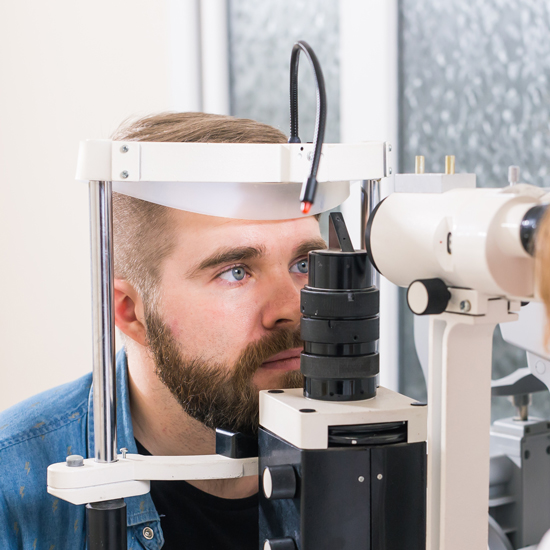Dry Eyes
Home > patient Education>Dry eyes
Dry Eyes
Moisturizing Eye Drops
Dry eyes occur when your eyes don't produce enough tears or the quality of your tears is poor. This can result in discomfort, itching, and a gritty sensation. Managing dry eyes involves using artificial tears, maintaining good eye hygiene, and seeking professional advice for persistent symptoms.
The most common causes of dry eye are
Age: As one age the active secretion from glands of eyelids or lacrimal glands decrease.
Systemic Diseases: Diabetes, Hypertension, thyroid disorders, Autoimmune disorders, hormonal changes.
Digital screen exposure: people with more than 4 hours of digital screen exposure have increased chances of developing dry eye.
Post-surgery: dry eye incidence increases after any eye surgery like cataract surgery or refractive (spectacle removal) surgery.


Dry Eyes
Soothing Eye Care
Treatment of dry eye begins by finding out the cause of dry eye and trying to eliminate that factor. The next step is to assess severity, which is commonly done by dry eye workup. Dry eye workup conventionally involves the use of filter paper strips to assess, tear secretion, and tear evaporation. Modern-day equipment or Ocular surface analyzers are able to assess tear secretion, tear evaporation, Meibomian gland imaging, osmolarity, lipid layer thickness, conjunctival health with minimal discomfort to the patient.The most common type of dry eye that is detected after these tests.
Dry Eyes
Soothing Eye Care
Treatment of Evaporative dry eye involves the use of heating pads, eyelid massage, ointments and eye drops. In advanced cases, one may need treatments like Lipiflow, Intense pulsed Light Treatment (IPL) or both. The most common type of dry eye that is detected after these tests is Evaporative dry eye (EDE) where the defect is primarily in lipid layer production leading to increased evaporation of tears.

